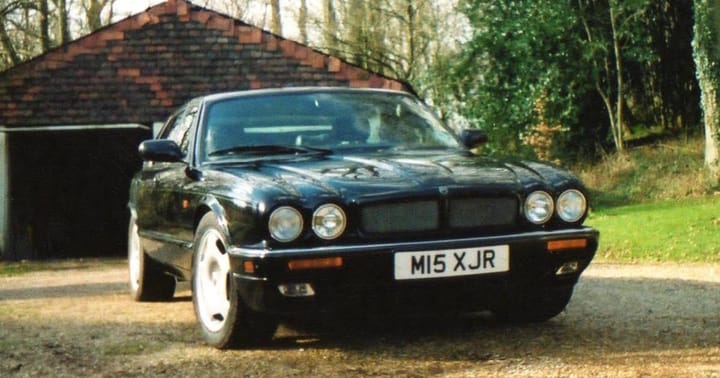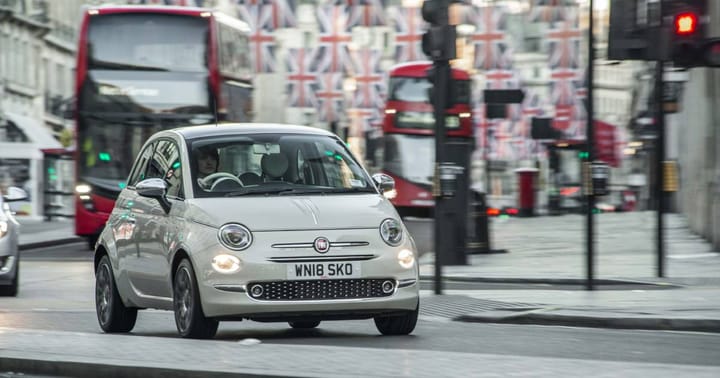Chinese cars in perspective
Impressions from five quick test drives, and considerations around surveillance
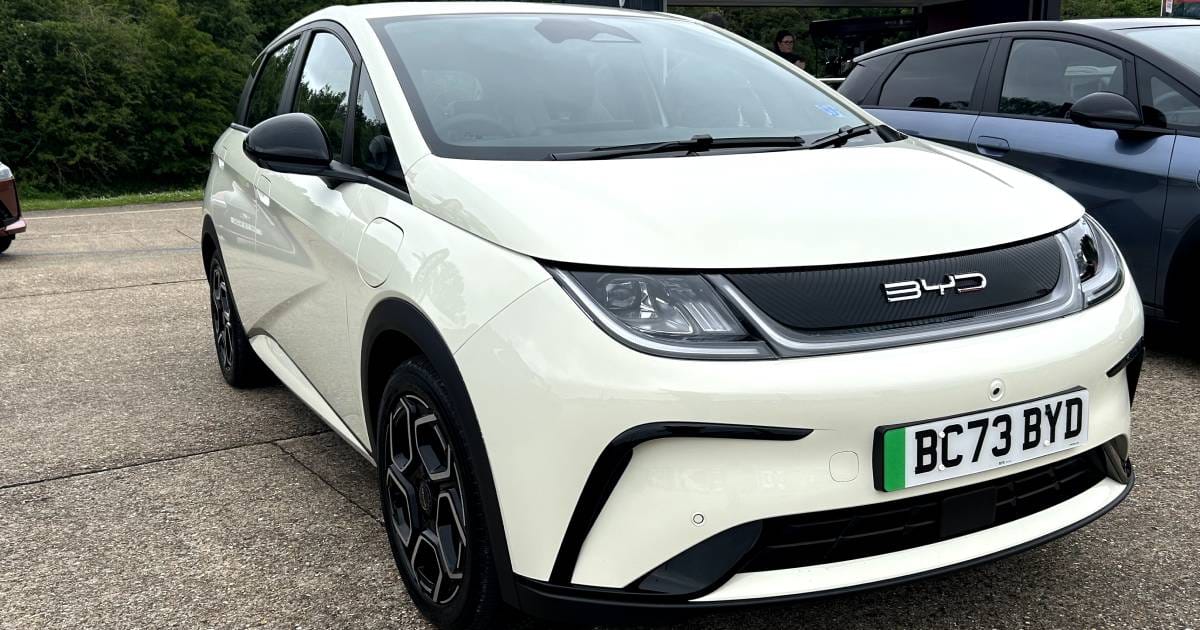
I’ve been on sabbatical for the last year, and as a result am rather out of the loop when it comes to what’s new on the market.
Last week I picked the reins back up at one of the industry’s big annual events, which sees journalists and manufacturers' representatives (plus ~150 cars) thrown together at a vast private test facility, with the only real instructions being ‘go mingle; don’t crash’.
With so many people and cars there are only so many conversions and test drives to be had, so it does well to have some kind of angle; the only real angle this year seemed to be to see what the four Chinese firms that were present are offering.
BYD Dolphin
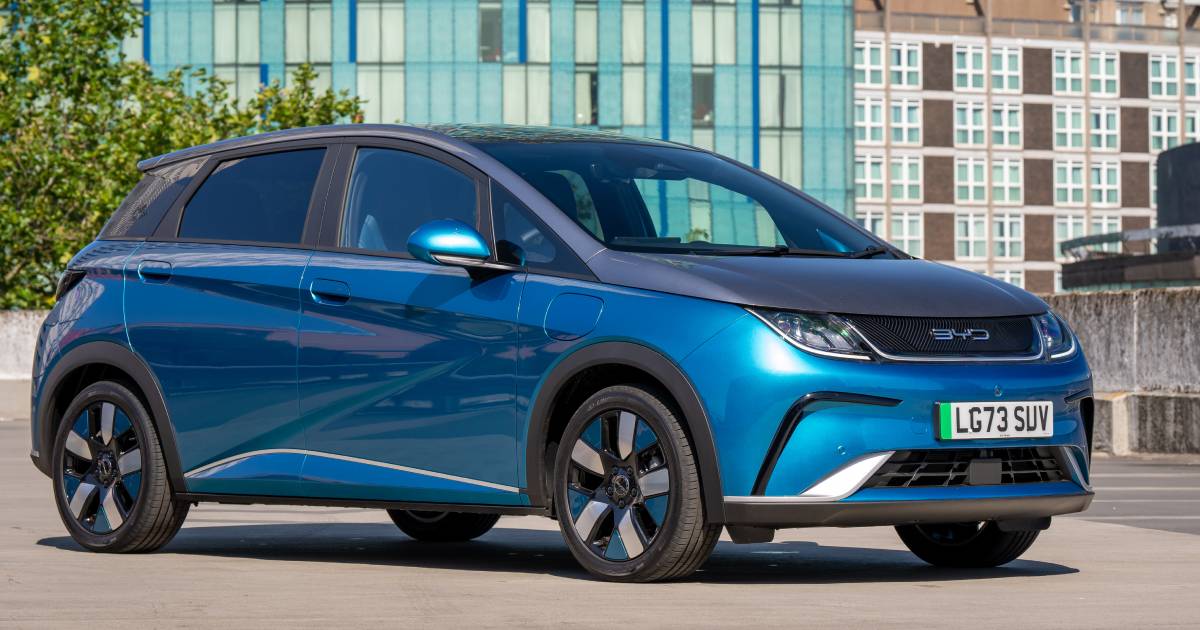
I started with a car called the BYD Dolphin, which looks like a slightly swollen supermini. It's a rival to the electric version of the Vauxhall Corsa, and is priced at around the £26-31k mark depending on whether you go for the smaller or larger battery, which have 'official' ranges of 211 and 265 miles. Few people buy cars outright, so finance packages are more relevant, and £269 a month after a £269 deposit make the big-battery Dolphin competitive if you’re after this sort of car – which is to say one that should do 200 miles or so before needing to stop for 45 minutes.
For comparison, the recently updated Corsa Electric books an official 246 miles for circa £32k, but Vauxhall's PCP offers indicate you'll need a £2k deposit to get one for a £264 monthly outlay – the Dolphin's advantage most likely due to BYD's peppercorn 0.5% APR against Vauxhall's promoted 2.9% rate.
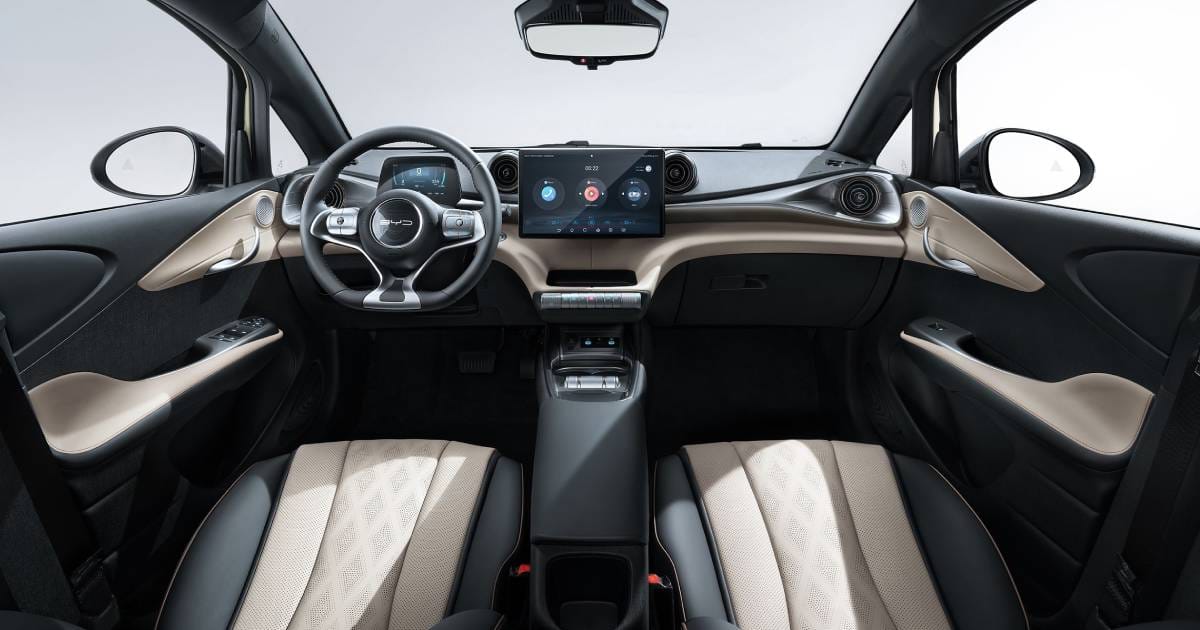
The Dolphin looks inoffensive to the point of being generic, but its interior is more interesting: lots of swoops and angles on and around the dashboard, impressive material quality for the price point, and a motorised central touchscreen that spins 90 degrees at the press of an icon depending on whether you want it in portrait or landscape mode; a neat trick, but one I suspect will be used a couple of times before the screen is left in the driver's preferred orientation.
It’s not all peaches and cream inside. The Dolphin’s starter button hides behind the indicator stalk so you don't immediately spot it when you get in; this would be fine once you were used to it but is no good when lending or renting the car; a minor ergonomic fumble, but one that should have been caught in development.
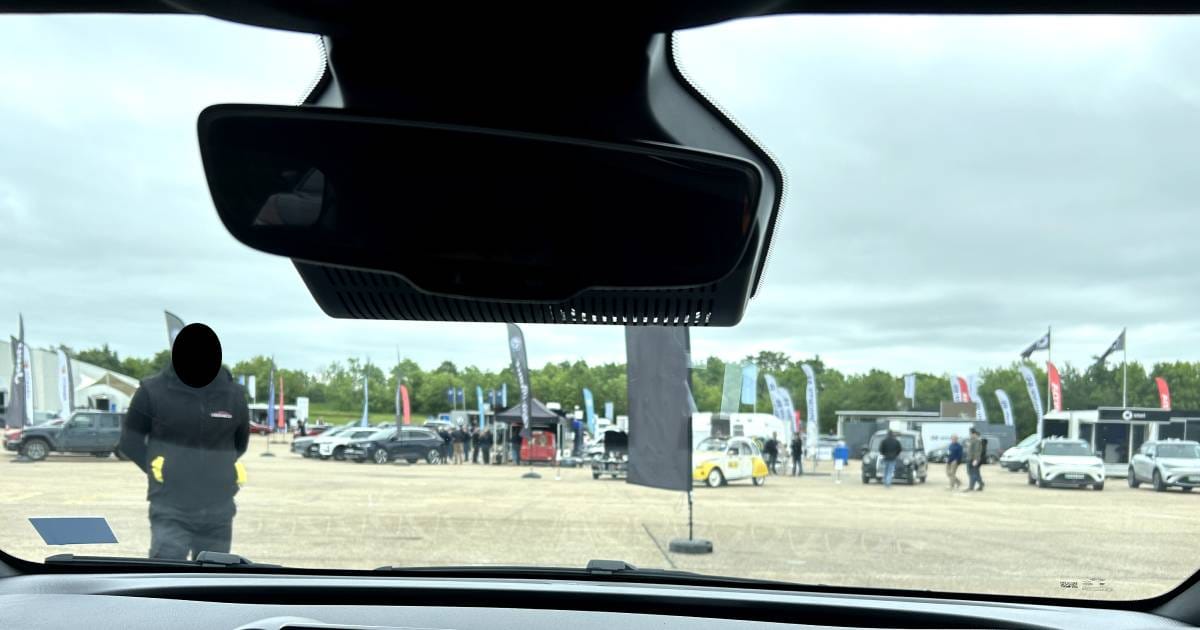
Less minor is the rear-view-mirror and the forward-facing safety sensors that rest below it. Combined, these seem to take up almost a square foot of windscreen real estate, blacking out a large central portion of the glass, leaving a view of the road that calls to mind a pair of upside-down sunglasses. I soon got used to this, but that doesn't mean it won't have the potential to obscure on the open road, and was not helped by the reflections the dash-top air vents cast on the windscreen.
The Dolphin drives very pleasantly indeed. Like a lot of electric cars it’s faster than it needs to be (201bhp was a hot-hatch number not so long ago), but there's a 94bhp 'Active' model that might appeal to parents who are comfortably off enough to buy their teenagers a brand-new first car (a very real market mainly for dependability, safety and budgetability reasons), though initial figures indicate even the Active gets an insurance group in the low 30s.
BYD is a serious player. A publicly listed firm, it builds more electric cars than any other company in the world, is sponsoring this year’s ‘Euros’ football championship, and has around 40 dealerships dotted about the UK. You’ll soon start seeing its cars knocking about, if you haven’t already.
Omoda 5
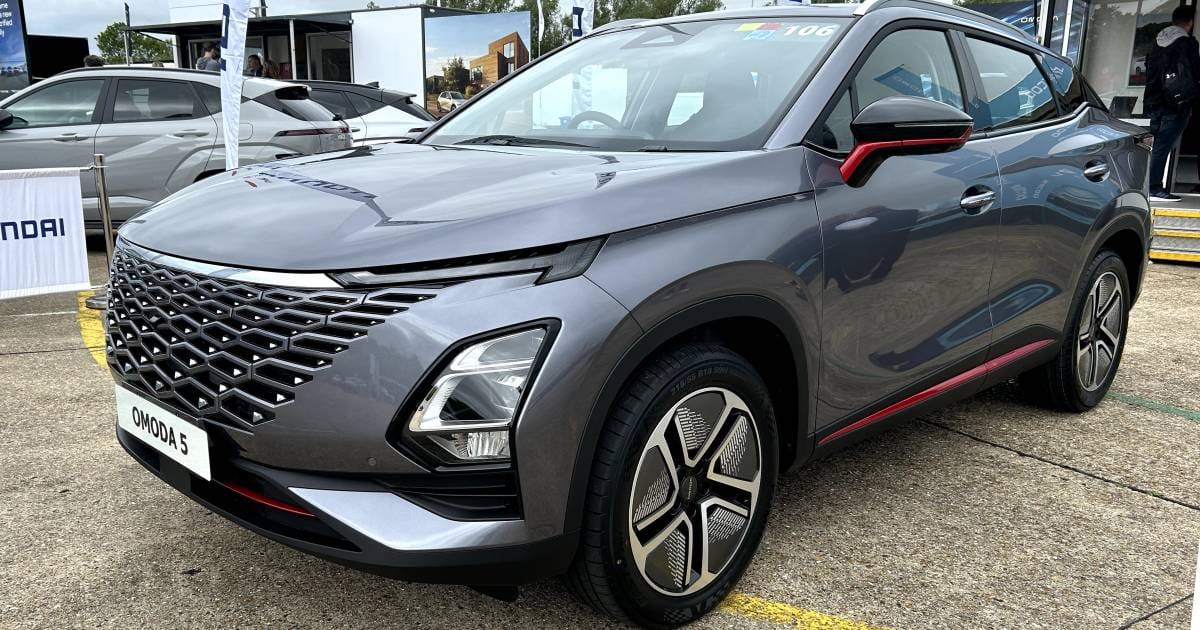
You’re unlikely to have seen an Omoda in public yet though, as the first few cars have only just arrived in the UK – but this will soon change.
Omoda, which is an offshoot of state-owned Chery, is another huge player, selling almost two million vehicles last year. It has around 70 UK dealerships either completed or in the pipeline and 100 planned by the end of the year, while container ships full of vehicles and service-centre parts are wending their way to UK shores as I write this.
Also worth paying attention to is Omoda’s vehicle strategy. Rather than go all-in on all-electric as BYD is doing, it is offering the ‘5’ – the model I tried – as an electric car, a petrol one or a plug-in hybrid comprising a combination of those two powertrains. This tactic is comparable to the one Hyundai deployed with the original Ioniq back in 2017, which could be had as an EV, a hybrid or a plug-in hybrid, and it seems a shrewd hedge, as whatever direction policies and consumers take around the world, Omoda's platform is adaptable to these.
I was keen to see what a modern Chinese engine was like so plumped for the pure petrol version, but before getting on to that it’s worth mentioning this 5’s interior, because it’s one that may worry established brands.
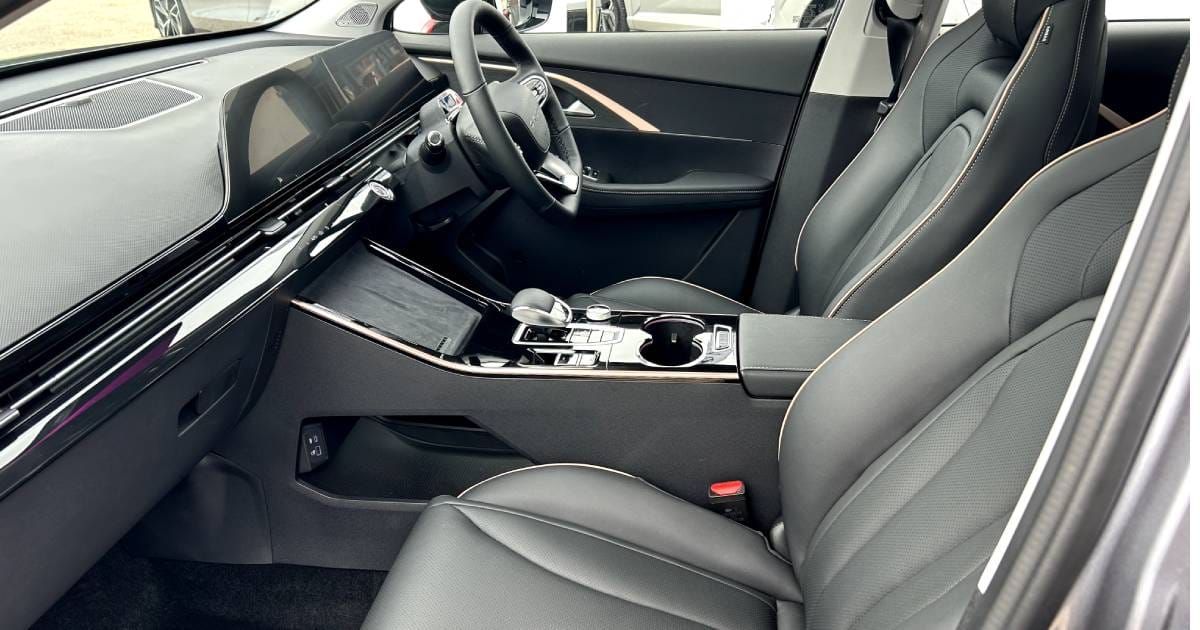
The version I tried was in high-specification and comes in at around £27k (the starting price for a VW Golf), but the quality of the materials felt well above that price on initial inspection. Cover the steering-wheel badge and customers may think Jaguar, perhaps; it’ll make a strong impression in dealerships, though the indicator stalk being on the right-hand side of the steering wheel and the wipers on the left is an ergonomic choice that other car makers ditched for their European-market cars decades ago.
As with the Dolphin, the 5 drives nicely enough. The nature of the day means extended test drives are not really the done thing, so we’re talking a 5-10-minute lap or two around a two-mile track modelled on an Alpine pass – lots of tight corners and inclines through wooded hills, that sort of thing (James Bond’s Casino Royale Aston Martin car crash was filmed here, for what it’s worth).
The Omoda 5’s traction-control system was too keen to kick in and intruded when it did, but a more significant and tricker-to-fix issue is the rear visibility, which is hobbled by three rear-seat headrests, a small back window and a generally dark cabin. The rear-centre headrest could be removed, but the ‘pillbox’ ambience looking in the mirror provokes may be harder to address.
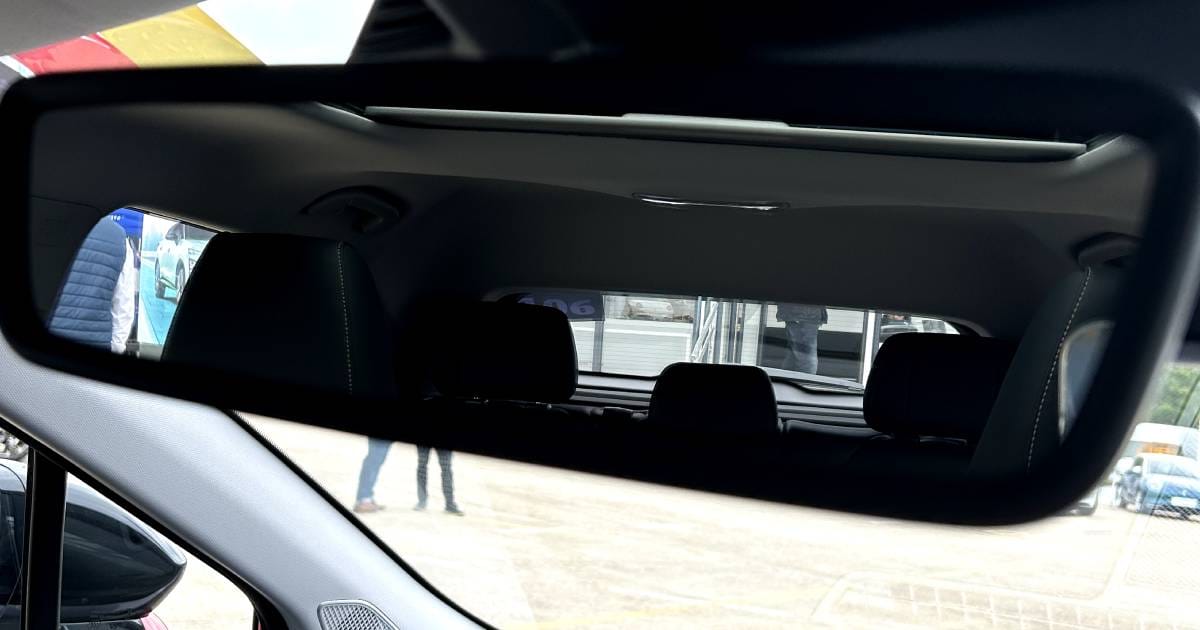
The engine wasn’t that impressive, either. A 1.6-litre turbocharged affair mated to a dual-clutch transmission, the latter supplied, interestingly, by Getrag, a German firm now owned by Canadian giant Magna. The gearbox seemed fine and the engine moved the car swiftly enough, but the latter was coarse when pushed. This is not perhaps the impediment it might seem: some of Hyundai/Kia’s engines sound (or certainly used to sound) rather rough when revved, and this hasn’t precluded that pair from enjoying marked and deserved successes.
GWM Ora 03
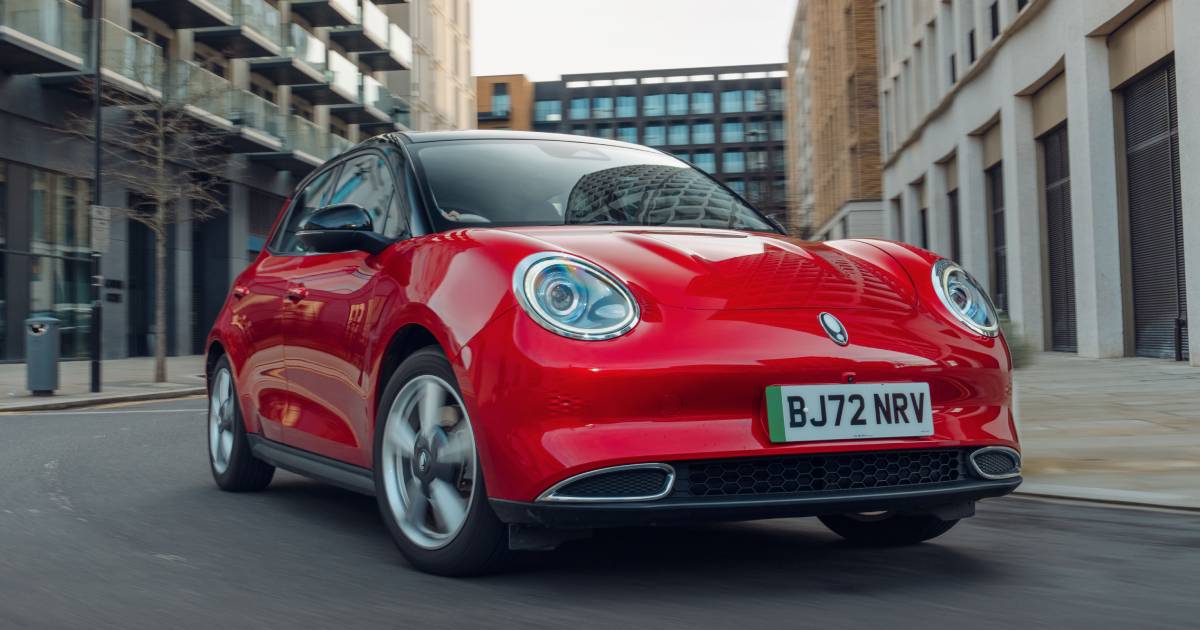
I next tried the Ora 03, made by GWM - Great Wall Motor - another serious player (this one privately owned), selling well over a million cars last year, with around 30 UK dealerships and something of the order of 1,500 cars sold here already.
The GWM Ora 03 used to be the Ora Funky Cat, but GWM realised the original name was silly, so changed it; this is either not the best way to kick off establishing a brand in a new market, shows a company that’s agile and sensible enough to correct mistakes quickly, or represents a bit of both.
The Ora was the most characterful and stylish of the cars covered so far, almost looking like a cartoonified Mini crossed with a third-generation Nissan Micra – it’s actually pretty successful, to my eyes.
Also generally successful was the handling: the 03 will wheelspin too easily if you accelerate quickly out of a corner (as with the Omoda the traction-control system needs work, and as with the Dolphin it is faster than necessary), but it lights up its tyres in a manageable and fun way that reminded me of the French front-wheel-drive hot hatchbacks I grew up driving, so perhaps this is deliberate.
GWM/Ora is pricing the 03 a little higher than the Dolphin at £32-35k depending on battery size, but it can be leased for £239 a month so is a competitive prospect.
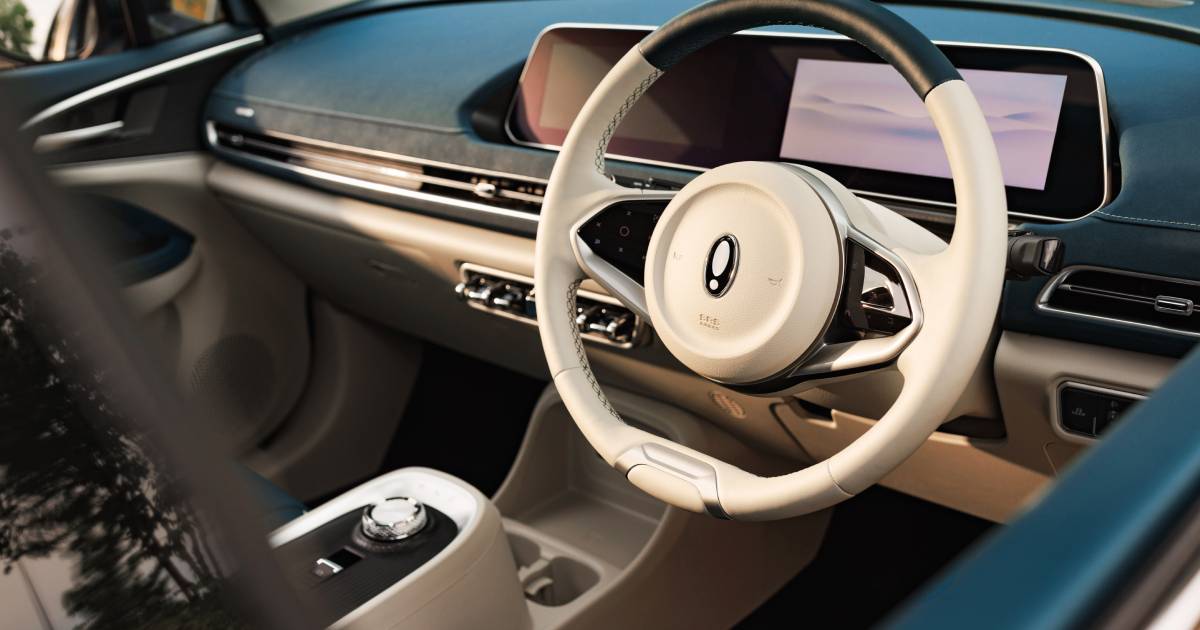
Again, interior styling is a strong point: the design is characterful and quality seems high, the matte-effect leather-effect dashboard top is eye-catching and pleasant to the touch, and there's a good blend of the familiar and novel inside.
Less impressive was the gear selector, which is a rotatable disc. When companies choose this format the disc normally stops spinning when it gets to each end of its run. Not so in the 03, as the disc spins endlessly even once the illuminated indicator shows the car is in ‘R’ or ‘D’, which bookmark the gear options either side of ‘N’ (‘park’ being a separate button inside the disc).
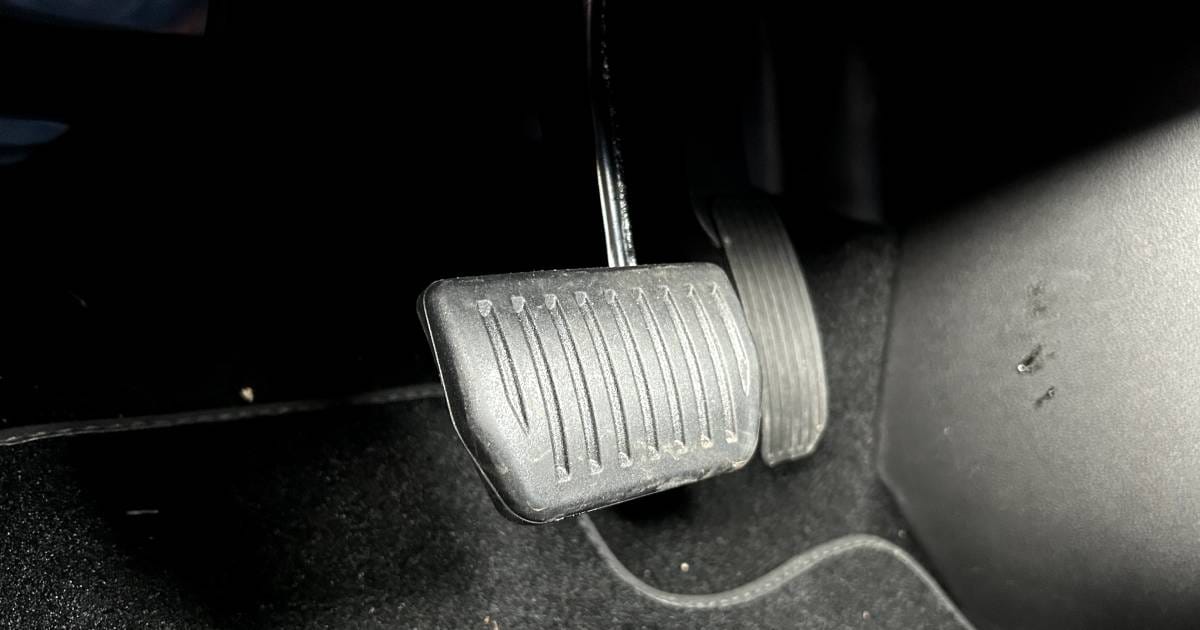
Another snag: the 03’s brake pedal sits significantly proud of the accelerator. I didn’t have a tape measure but it felt like a good couple of inches, so you must lift your right foot a noticeable amount when wanting to brake, else the left-hand side of your right foot will bash the right-hand edge of the left-hand pedal.
Again, I’m sure you'd get used to this, but you don’t have to in many other cars.
MG 4
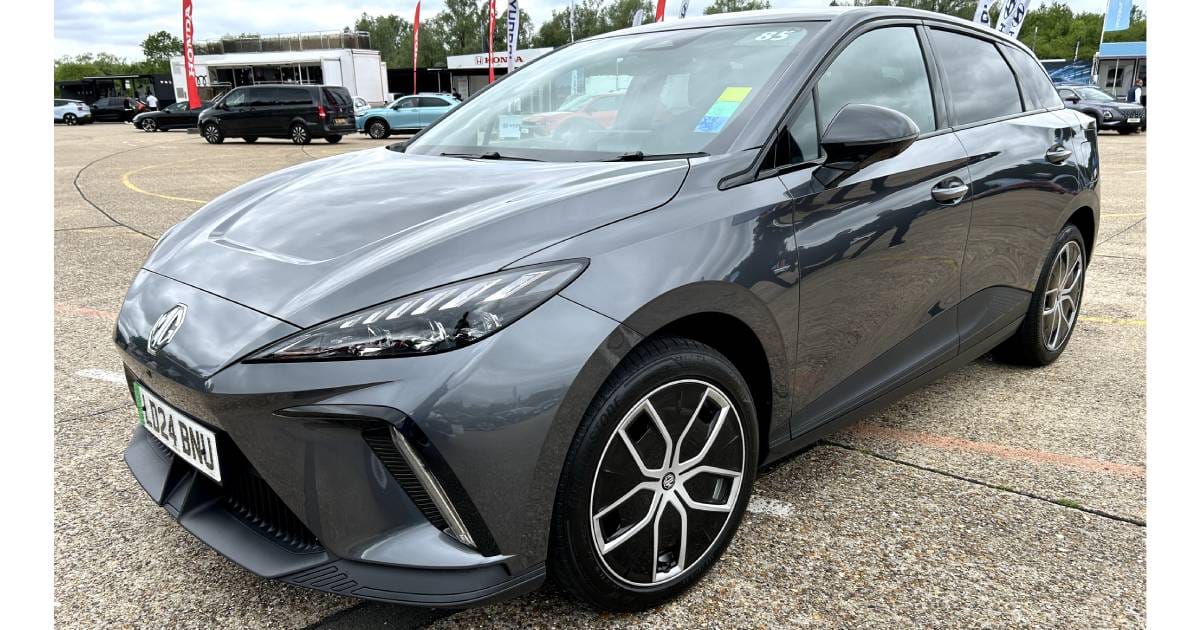
As with Omoda, MG’s parent company SAIC is state-owned, but while the three cars mentioned so far are new players here, MG has had over a decade to establish itself and attune its vehicles to UK customer sensibilities – and boy does this show.
A popular electric car that’s as common as parking tickets in London, the MG 4 garnered strong reviews when launched, and I concur with these. Rather than being inoffensively pleasant to drive, it's genuinely engaging and rewarding: accurate steering, communicative suspension – it has real poise and agility, even if its interior has less flair than those seen so far.
The MG 4 presented none of the “gosh, that’s interesting” observations the three previous cars did – although given the pace of development, I doubt it will take long for BYD, Ora and Omoda to iron out any such niggles.
Smart #1
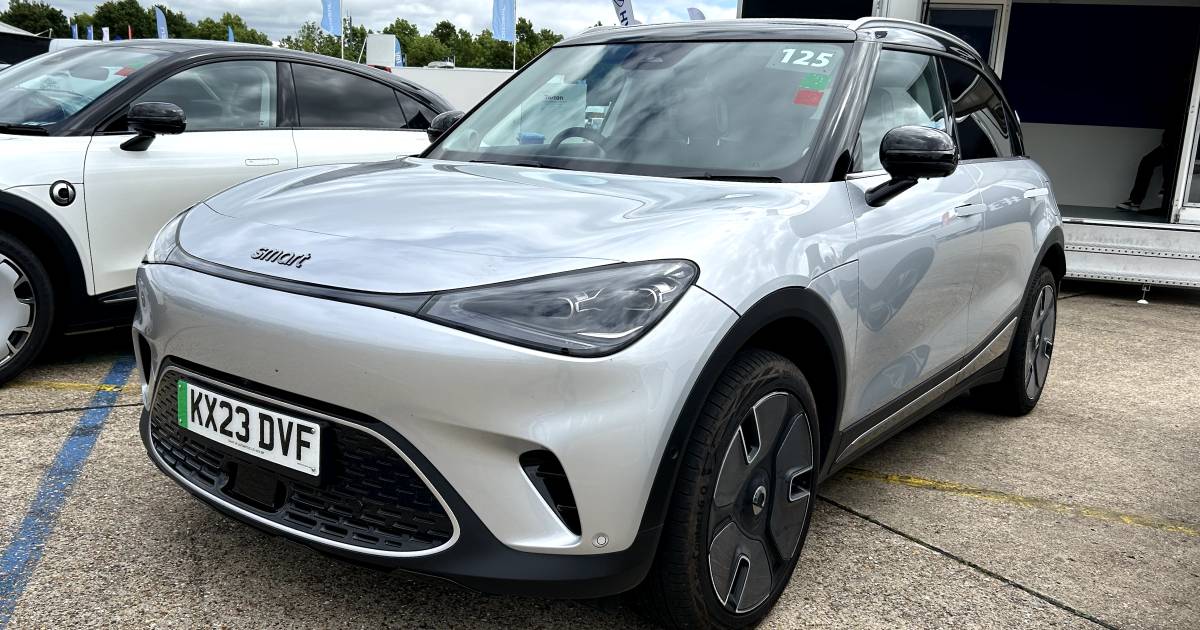
What are European brands doing while all this is going on, you might well ask.
Well, Smart is a sub-brand of Mercedes, launched in 1994 in conjunction with the watchmaker Swatch. Smart used to be known for its diminutive ForTwo city car, which was so short it was envisaged it could nose into an on-street parking space that other cars would have to be parallel parked in.
Today Smart is offering something rather different with a family car, the SUV-ish Smart #1, and its larger cousin, the #3.
Smart is also no longer entirely European, either, with Swatch gone from the firm and Mercedes co-owning the company with Geely, the privately-owned Chinese brand that counts Volvo, Lotus and Polestar amongst its marques.
The #1 (each time I type that hashtag I curse internally) goes up against EVs like like the VW ID.3 and MG 4, and is priced at about £32k for the 193-mile (‘official’ range) version, or £36k for the 260-mile big-battery one.
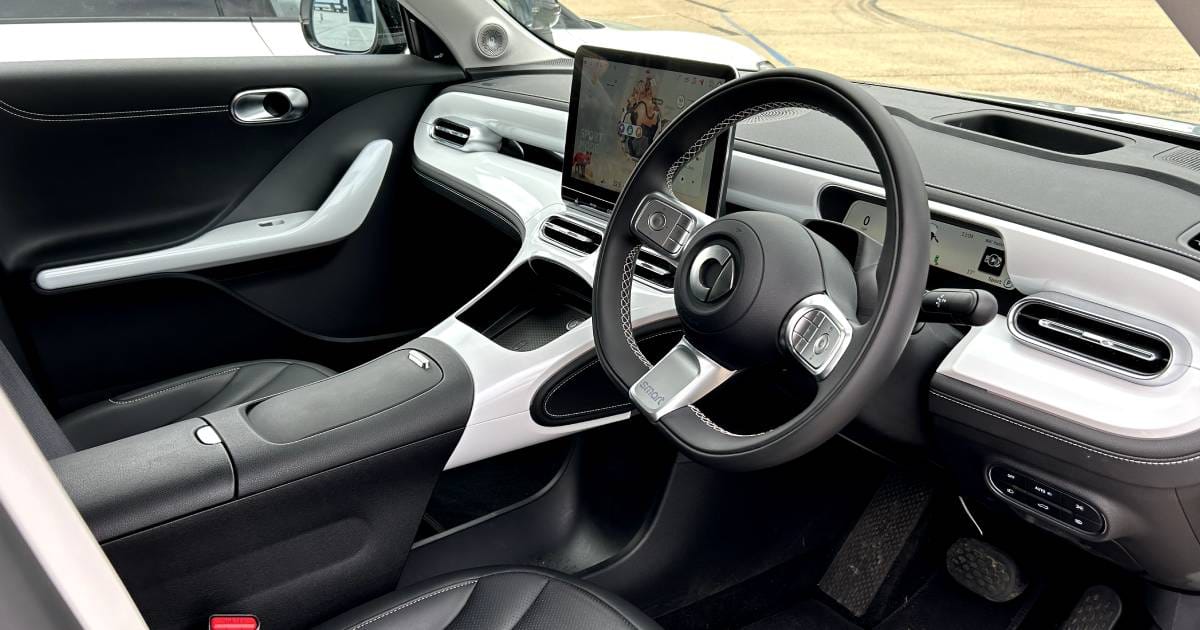
It’s seriously impressive inside, with tall windows, a deep, steep windscreen and relatively thin ‘A’ pillars affording excellent visibility, and providing the pleasant impression you’re sitting in an orangery. Incidentally, the #1's thin A pillars reminded me of the ‘Tridion’ safety cell Smart’s small city car was known for, and the fact Mercedes designed the ‘Halo’ safety bar that has been mandatory on all F1 cars since 2018 – both these systems revolve around thin but strong structures, and all are linked to the same firm. As I say, it's just an incidental.
For some reason the #1 couldn’t be driven on the Alpine course, so I instead took it on a couple of laps of the two-mile-long banked high-speed bowl, where it reached and sat at 100mph quite happily. Reportedly, if you stick a car at 100mph in the outer lane of the bowl and put cruise control on, the circuit's banking means you can sit in the back seats and the car will continue in a permanent loop. I'm too boring to try this, and include it just because it's an interesting detail.
As with the MG 4 there were no ergonomic quirks to immediately get used to or work around, though it seemed that the #1's interior was inspired more by what BYD and Ora are doing, rather than European brands; this is noteworthy, and may be linked to Smart being headquartered in Ningbo, Zhejiang province.
Chinese cars and surveillance concerns
The following is a collection of as much information as I could synthesise on this topic, and has been written with as much neutrality as possible. I include it as it seems remiss to not discuss some of the broader issues linked to this topic.
One can’t blame Chinese company bosses from wanting in on the EV scene, which, if legislation is unchanged, is going to be the only new-car market in Europe within a decade. One also can’t help but recognise there's a neat commercial segue with the fact that Chinese firms hold up to 90% of the global market for processing some of the materials that are essential for EV batteries. If I had been born in China and worked for a major OEM, I would clearly see building and exporting electric cars at scale as a sensible commercial course of action.
Surveillance concerns continue to follow Chinese firms around, though, with some linked to the 2017 National Intelligence Law of the People's Republic of China, which mandates that: “any organisation and citizen shall, in accordance with the law, support, provide assistance, and cooperate in national intelligence work”.
Don’t think this is tinfoil hat stuff: Iain Duncan Smith gave his impression of this law to the House of Commons in the summer of 2023, stating that Chinese firms “must completely comply with all demands and requests for information in the business they are in, and deny they have done that to any other country or authority that asks.”
As luck would have it, on my drive home I caught The History Podcast on Radio 4, in which journalist Gordon Corera discussed the imminent arrival of serious numbers of electric cars from China, saying: “China has made no secret of the fact that it wants to dominate the global electric vehicle market. Right now, cheaper Chinese EVs are heading to Europe and America on massive container ships.”
Jim Saker, a professor at Loughborough University’s Business School, and president of the Institute of the Motor Industry, told Corera as the pair sat in an electric car: “The visual stuff in cameras can tell whether you’re happy, whether you’re sad, whether you’re hungry…it gives you that ability that the car will feed back information… about you, the driver.”
Saker may have been referring to a new system called ‘Driver Drowsiness and Attention Warning’ (DDAW), which new cars sold in Europe must have. DDAW monitors drivers' faces with sensors and/or cameras (the regulations are technology-neutral) that are generally mounted on the column behind the steering wheel. If you blink too much, your blinks are too long or you’re not looking at the road enough, DDAW will sound alerts to refocus your attention. DDAW can also monitor steering inputs.
Take a look at the EU legislation behind DDAW and you will find reassurance that:
“[The] systems do not continuously record nor retain any data other than what is necessary in relation to the purposes for which they were collected or otherwise processed within the closed-loop system ['closed-loop' = data is locally stored and continuously overwritten].
"Furthermore, those data shall not be accessible or made available to third parties at any time and shall be immediately deleted after processing.”
Statements echoing this exist in manufacturers' privacy policies, and while all may indeed be well, this does not preclude some concerns from remaining.
Returning to Radio 4, professor Saker continued: “Often people charge their phone in the car, and therefore there’s the potential that anything from the phone can be part of this whole process”.
Discussing the issues in general, Saker said that he was “sure” information was already being sent to China, adding: “A data gathering process will be going on all the time.”
Mike Hawes, chief executive of the Society of Motor Manufacturers and Traders was recently put on the spot over this topic, and said the industry is “alert” to concerns around vehicle surveillance and privacy, but added: “Until we see evidence or have concerns raised by our members, we’re not raising them yet."


